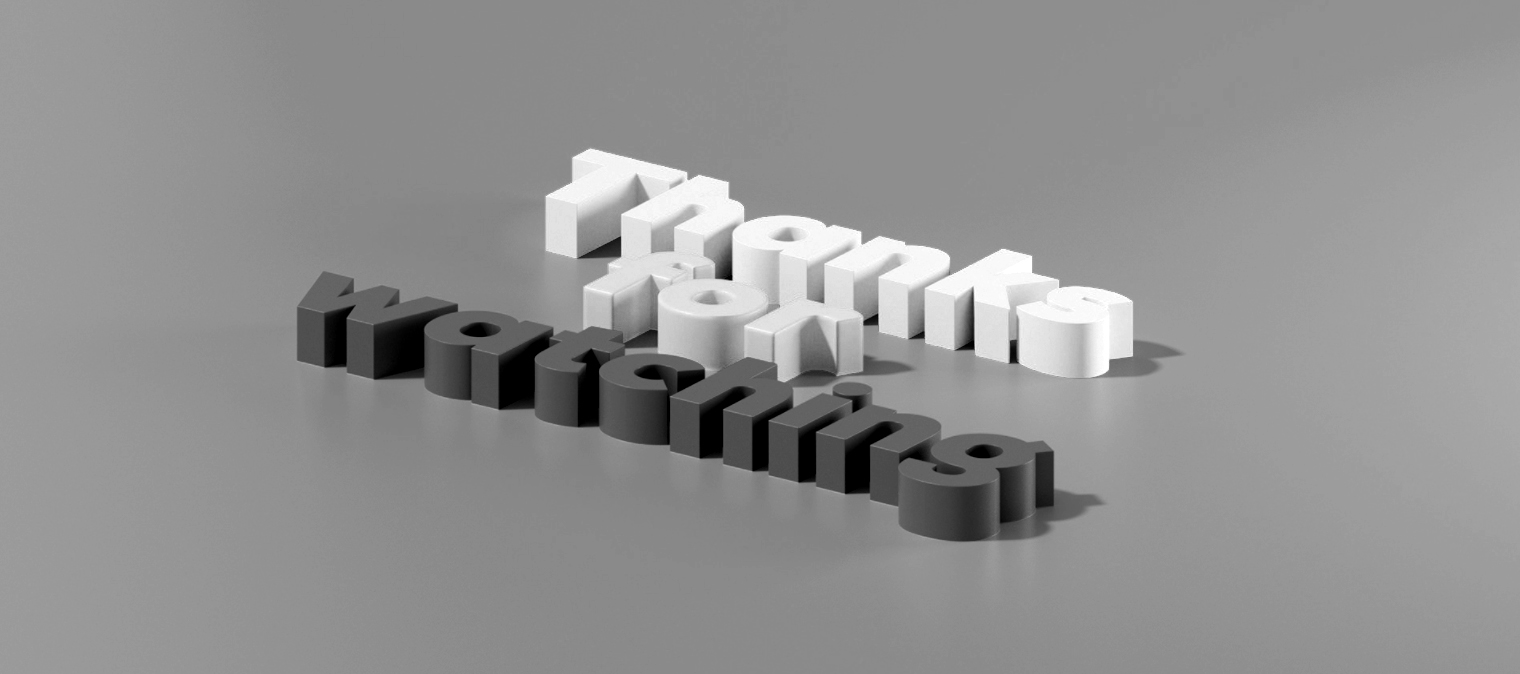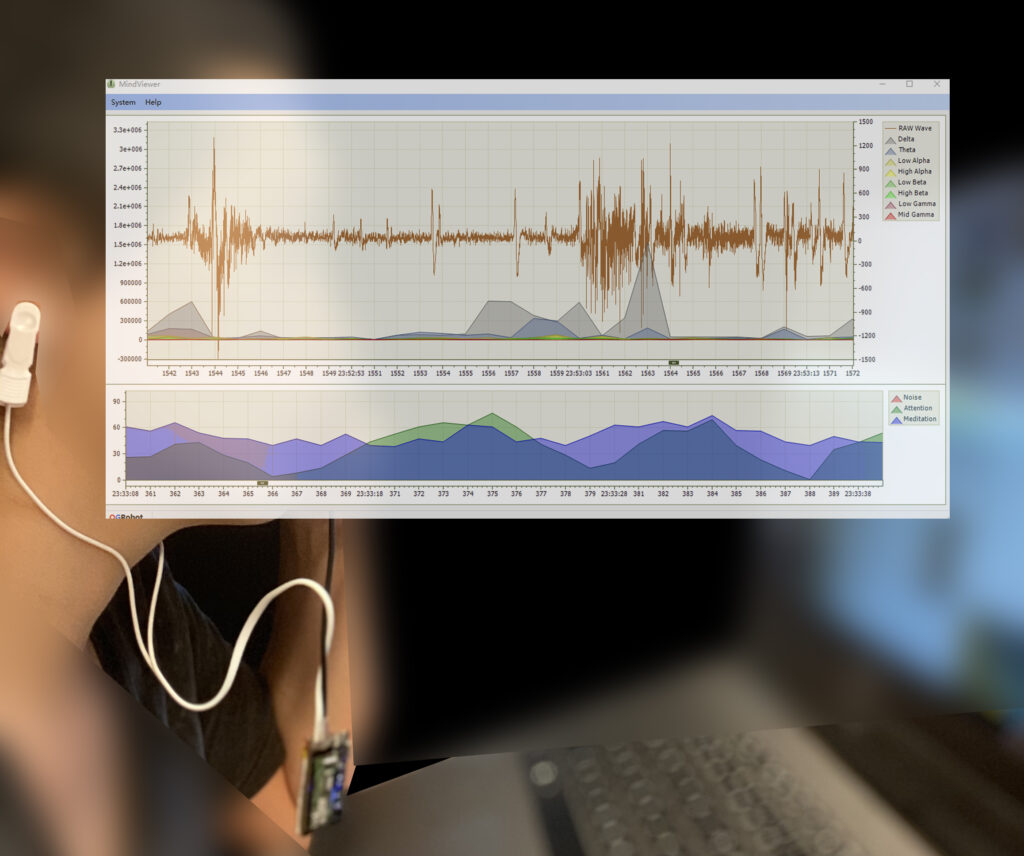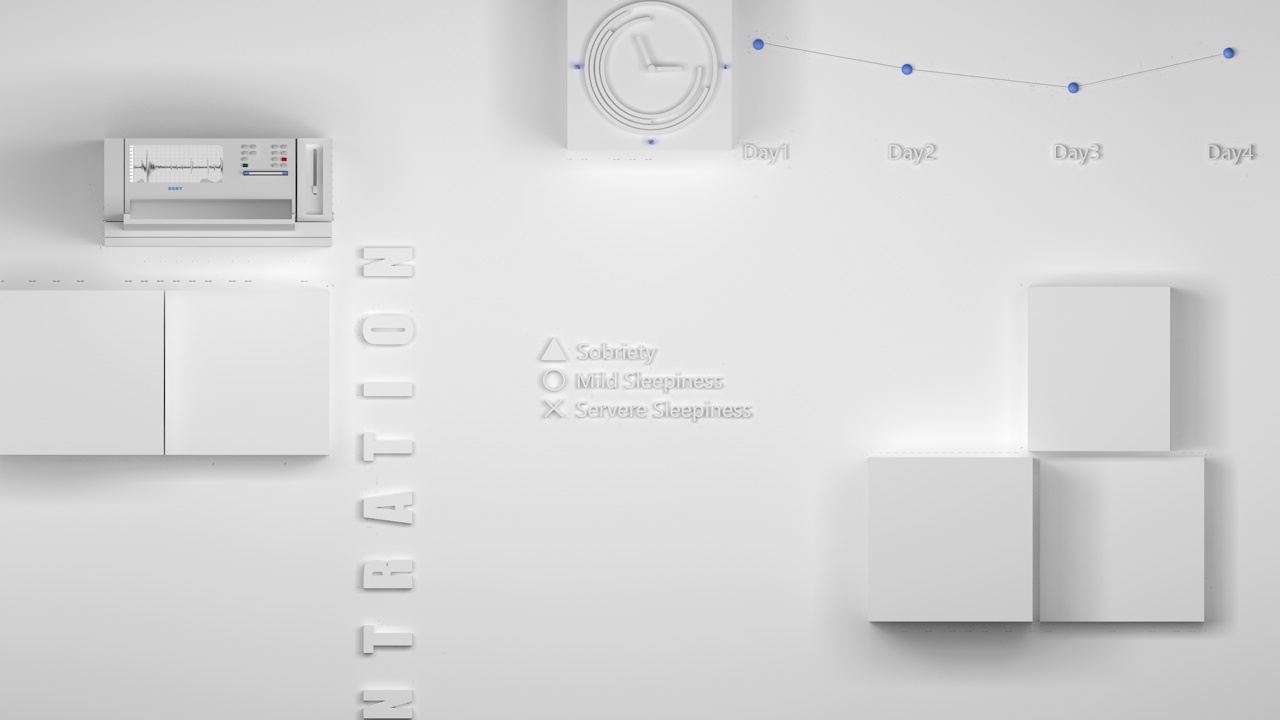1. BRIEF
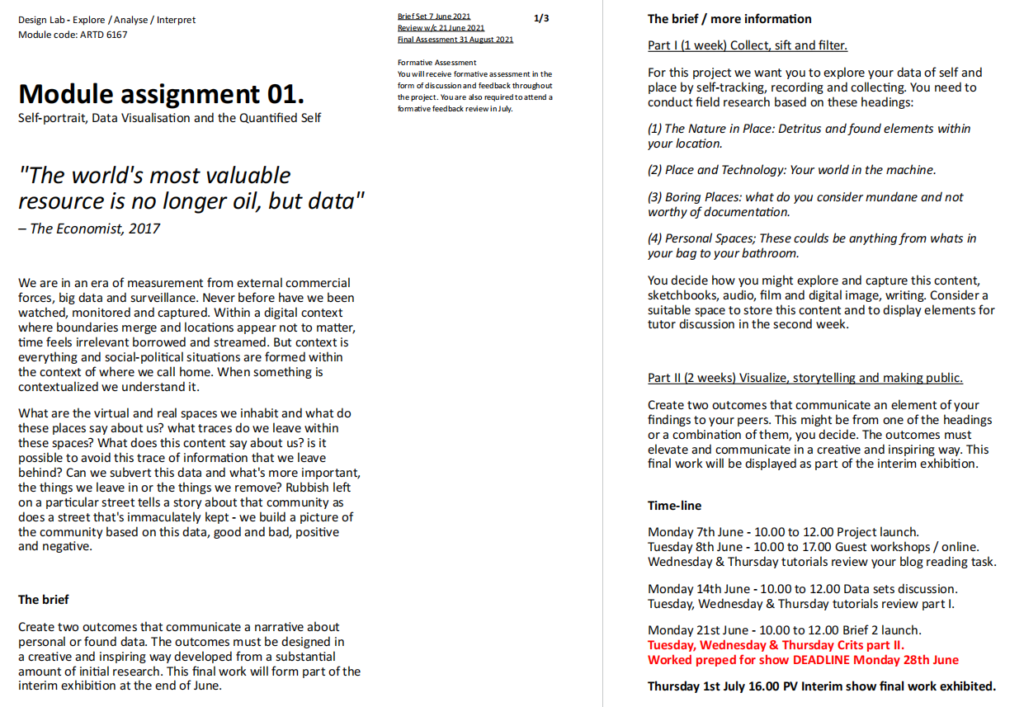
2. CONCEPT
I want to find the time of day when I am most focused and study during that time, and the time when my focus drops off is used for other things. The aim is that I can organise my time efficiently throughout the day.
Should I wake up earlier?
How long does concentration last, 25 minutes, 30 minutes?
Is it appropriate for me to study in the evening?
3. INSPIRATION
Quantitative electroencephalography analysis for index of drowsy driving

Driving fatigue, refers to the dysfunctional physiological and psychological functions of the driver while driving, where there is an objective decline in driving skills. Driving fatigue affects the driver’s perception, thinking, judgement, and motor skills, leading to improper operation and a high risk of road traffic accidents.
The aim of this study is to investigate the threshold for determining driving fatigue based on δ-wave changes in EEG signal indicators, and to calculate a quantitative indicator for defining conscious driving based on δ-wave changes using mathematical and statistical methods.
4. INTRODUCTION
In order to monitor my concentration, I use the ThinkGear AM (TGAM), an inexpensive civilian brainwave detection device, which can only detect 8 EEG Power parameter values as well as “concentration”, “relaxation” and “blinking”.
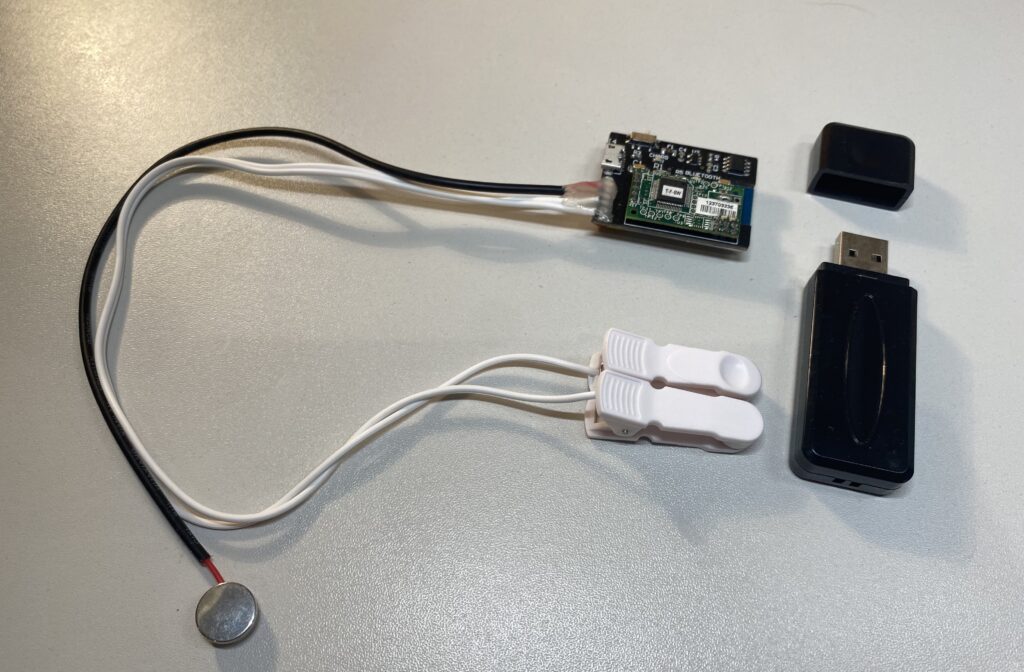
5. CAPTURE BRAINWAVE DATA
The electrodes are placed on the forehead, applied to the forehead and clipped to the earlobe to capture brainwave data.I used MindViewer software for the brainwave analysis and COM4 for the Device. The results are as follows:
6. REFERENCE
I wanted to experiment with a monochrome style while making the flat figures three-dimensional.
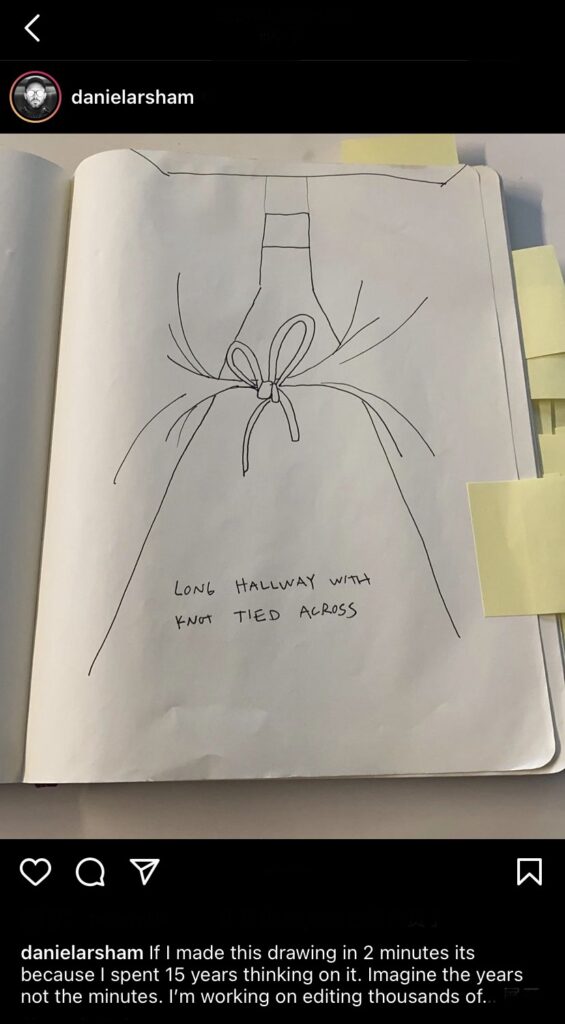



Daniel Arsham ‘s works
7. PROCESS
8. Outcome
.jpg)

